2015: Disability System to Tap IBM’s Watson
From 2015.
Author Byron Connolly interviewing Marie Johnson. Published in CIO Magazine, 14 October 2015.
Johnson told CIO that the disability system will be truly intelligent and self-learning, enabling people with disabilities to interact through ‘gamified’ content or avatar interfaces, driven by Watson.
Johnson told CIO that the disability system will be truly intelligent and self-learning, enabling people with disabilities to interact through ‘gamified’ content or avatar interfaces, driven by Watson.
“This is the first application of Watson in this space to gain insights into the disability sector … it’s about having insight through the Watson technology that can evolve over time and to make the services continually more refined.”
“There’s worldwide interest in what we are doing for a number of reasons – not only because it’s the biggest social reform in Australia since the introduction of Medicare but the converging impact of disability and ageing on all governments and all budgets and the convergence of technology solutions for these areas.
“They see what we are doing as potentially achieving some breakthroughs in not only the service delivery models but the standards to drive these innovative interfaces,” Johnson said.
Around $1 billion of the $22 billion spent on the NDIS over the next few years will be devoted to deploying assistive technologies, Johnson said.
“We are going to explode that by driving this ecosystem of interfaces. So it will be a commercially sustainable system opening up potentially bigger and newer markets,” Johnson said.
The basis of the system is around giving users ‘choice and control’ as some 60 per cent of users will have an intellectual disability, Johnson said.
“That’s the foundation principle for the NDIS. That’s not about government saying ‘here it is’, it’s about the participants engaging in their context. An example could be that the content for a particular person is gamified – they could have a Minecraft experience with their information. This will require a different rendering of information that would be otherwise presented,” Johnson said.


